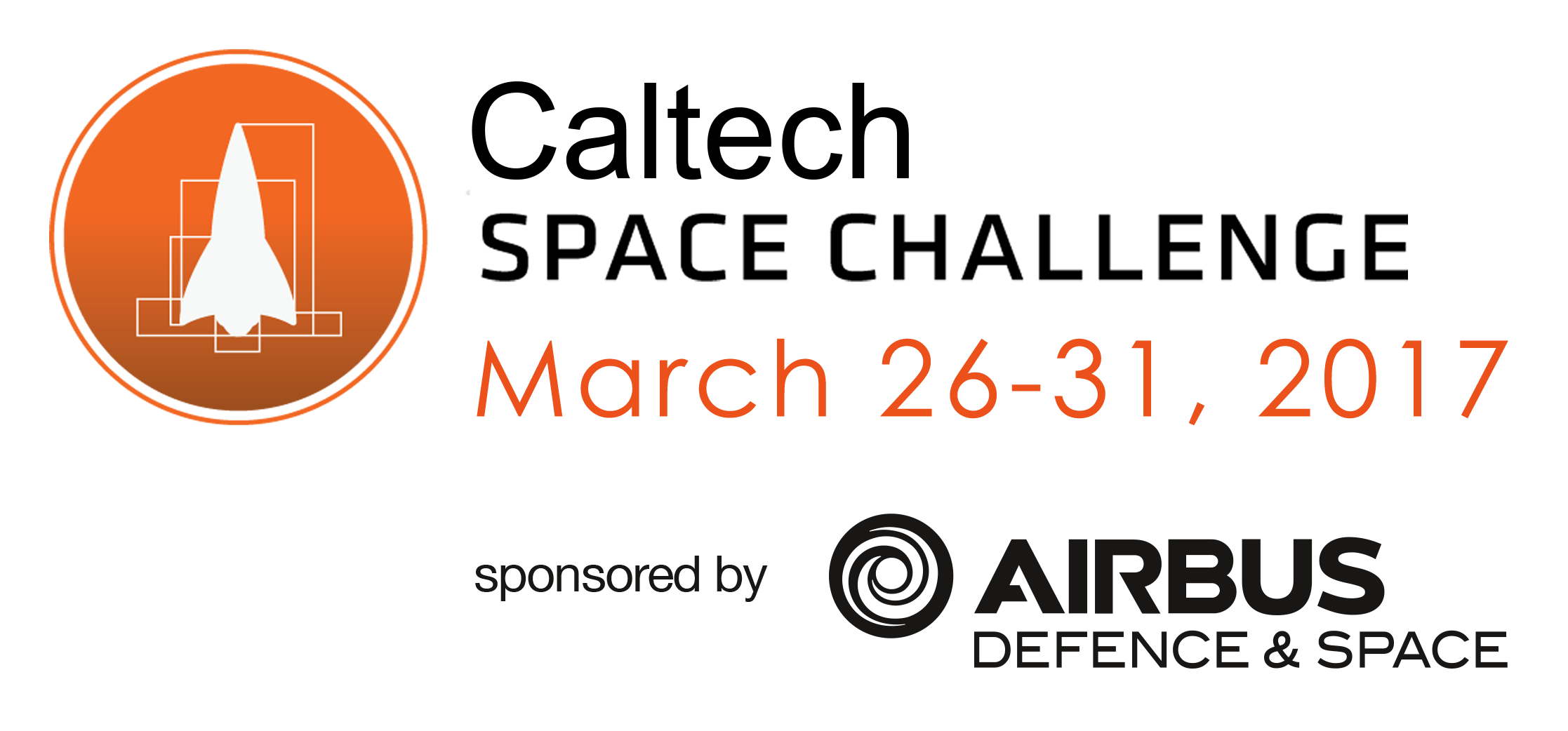After a long night of work and hours of sleep that, for some, can be counted on one hand, the students gathered at 7 am to get on the bus to JPL on Wednesday morning.
The thirty-two participants were welcomed to JPL by Tony Freeman, one of the Caltech Space Challenge advisors and manager of the Innovation Foundry at JPL. The two teams, Explorer and Voyager, then split, with Explorer heading to the Project Formulation office for their PDR with the A-Team (the Advanced Concept Methods team), and Voyager to their detailed JPL tour. Both the PDR and the tour took three hours and were comprehensive. Students eventually met again for lunch and switched activities for the afternoon.
The JPL tour started at the Von Karman auditorium, where the students saw models of legacy spacecrafts like Casini, SMAP, and of course, Voyager and Explorer! Next, the students were hosted by Dave Doody (Mission Operations Engineer at JPL) at the museum. Dave discussed many past JPL missions, and showed the "7 minutes of Terror" video(landing of the Curiosity rover on Mars). The teams then saw part of Mars 2020 being assembled in the Spacecraft Assembly Facility, and met Ken Diaz (Group Supervisor for the System Integration, Test & Launch Engineering at JPL). The team proceeded on the long walk up the JPL hill to the Mars Yard and saw Curiosity's (unnamed?) twin! This was a perfect opportunity to take few pictures with the rover. Participants also watched a 3D video on JPL's Earth Science Missions in the Earth Science Center. There, they learned about JPL's Eyes, which is an application that displays real-time data from NASA satellites. The tour ended at the Space Flight Operations Facility (SFOF), and was hosted by Todd Barber (Propulsion Engineer at JPL). Todd told fun stories about JPL's Lucky Peanuts, and Arnold Schwarzenegger’s visit to the SFOF.
The Space Challenge teams’ meeting with the JPL A-team was intensive. Each session started with a brief introduction of the A-team including its philosophies and its subject matter experts. The participants presented their preliminary design for roughly thirty minutes, while being asked with (DELTE ‘with’) key questions from the JPL experts. The sixteen students were split into two groups to increase the session productivity. The first group, lead by Randii Wessen (Systems Engineer in the Advanced Design Engineering section at JPL), focused on the lunar base and tackled the difficult technical aspects of their proposal. The goal of this group was to ensure feasibility of the designs and detail the timelines. The other group, led by Steve Matousek (Project Support Manager in the Foundry Concept Office at JPL), was introduced to various system engineering tools to help them organize their thoughts, be more efficient at analyzing their design challenges, and sell their project to the public. The A-team sessions were very useful for both teams and students were very thankful to be given this opportunity.
After a long, educational, and inspiring day at JPL, the participants returned to Caltech to synthesize their new ideas from their PDR and make final decisions on their design. Both teams planned to go to bed early, as burning the candle at both ends for several consecutive days was starting to take its toll. Team members need their rest before another long day on Thursday when they will prepare their final reports and presentations.




 |
 |
 |
 |
 |
 |
 |
 |
 |
 |
 |
|
 |
 |
 |
